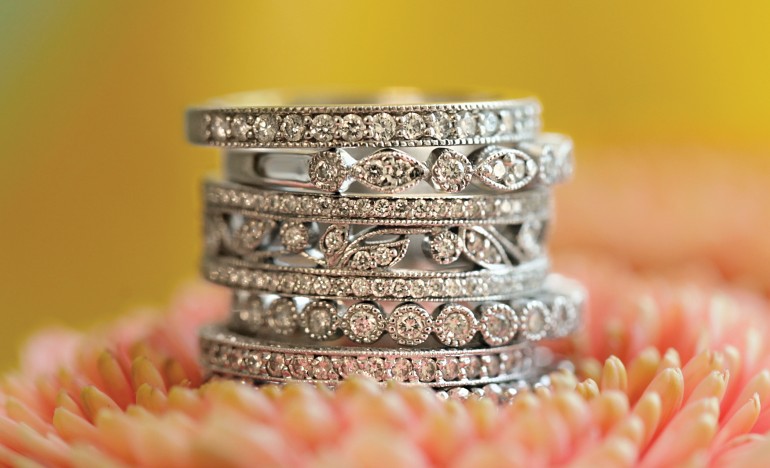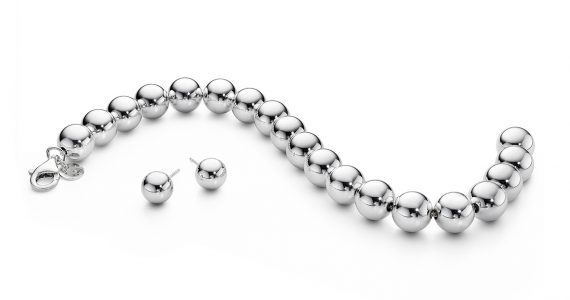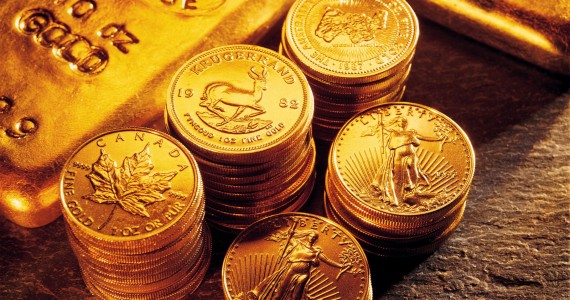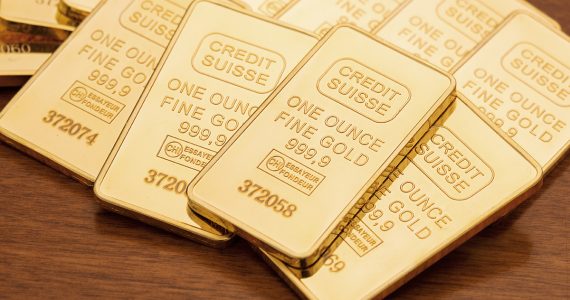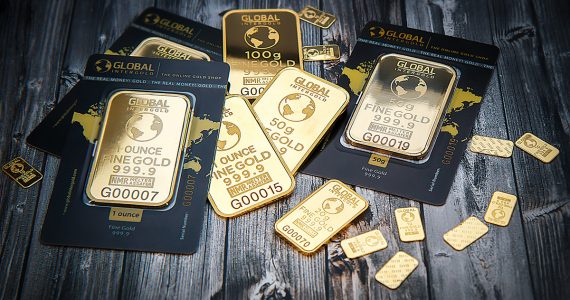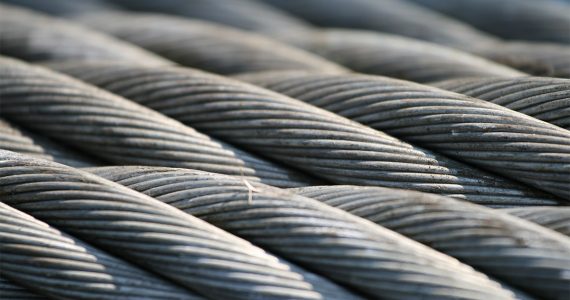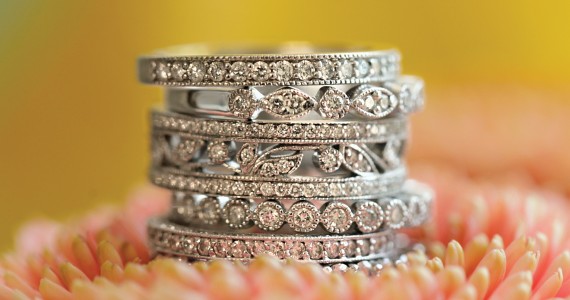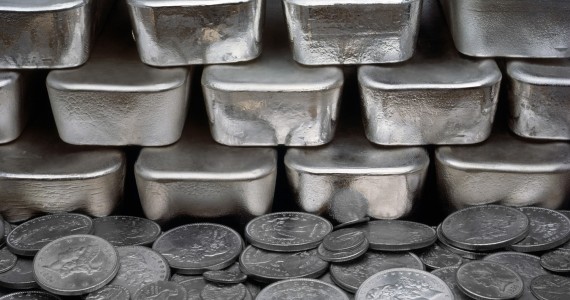Platinum is often called “white gold”, and believe it or not, platinum is actually way more valuable than gold. Platinum is a member of the platinum group of elements (it’s a little ironic) and it holds the chemical symbol of “Pt”. Platinum is ductile, malleable, dense, and highly unreactive, it has a silvery white look and it often mistaken for silver. Platinum is also highly resistant to corrosion and it is considered to be a noble element.
Platinum is a rare metal found on the earth’s crust and it is found on some copper and nickel ores. 80% of the world’s platinum is being mined, processed and produced in South Africa. Because platinum is a very rare metal that produces only a few hundred tons annually, it is considered to be a very precious commodity.
History of Platinum
The earliest known object that contains platinum would be the Casket of Thebes. The Casket of Thebes is an Egyptian sarcophagus than can be dated back as far as 700 B.C. The casket is decorated with gold and silver hieroglyphics with a mixture of platinum group metals.
The Spanish Conquistadors of the early 16th century viewed platinum as an impurity. These white metal substances that were mixed with gold was considered a pest because they tend to stick to gold and other metals. They considered it to be worthless and believed that it had no inherent value. They named the pesky metal as “Platina” which would roughly translate to “little or small silver”.
It was the Spanish naval officer Antonio de Ulloa and his companion Don Jorge y Santacilia who found mines containing “platina” and delivered them back to Spain. They brought the strange white metal back to be investigated and to find out if it had value like gold and silver. Studies on the metal began on 1748, it was recognized to be an element in 1774 and as a noble metal in the 18th century.
It wasn’t until the early 18th century where Europeans truly tried to understand the metal. They had a very hard time dissecting the metal because of its high melting point and its high resistance to corrosion.
William Hyde Wollaston found a way of producing malleable platinum and turned them into metal ingots. Over time scientists found multiple applications and uses for platinum, and with the discovery of platinum mines and the discovery of better platinum refining techniques, platinum found its way into coins. Soon after the value of platinum coins overtook that of gold and silver.
The demand for Platinum grew in the Second World War because of the discovery of new applications for platinum. One such sought application was Platinum’s ability to increase the octane rating of gasoline which would save a lot of time and money.
Properties and Uses of Platinum
In the modern age Platinum has a variety of applications that makes it a very sought after precious metal. Some of these applications would be:
Jewelry
Just like gold, platinum is a shiny and beautiful metal. Thanks to modern technology it is now possible to create beautiful platinum rings and jewelry. Platinum is also high resistant to wear and tear, and it hardly ever gets tarnished.
Investments and Prestige
Some people have golden rings and jewelry to show off their wealth but people who wear platinum rings are often considered to be wealthier and more privileged. That is why we have platinum credit cards which provides us with more benefits.
Platinum is a very rare metal and it is considered to be very valuable resource. And just like gold, it is collected and traded for its inherent value.
Catalytic reforming
Platinum plays a big role in catalytic reforming. Catalytic reforming is a process where light petroleum is converted into high octane liquids. This is done by having the light petroleum distillates or naphthas come in contact with a platinum catalyst. At high temperatures and high pressure the light petroleum is eventually converted into high octane liquid with rich aromatic compounds.
Autocatalyst
Autocatalysts are cylindrical or elliptical cross sections that serve as vehicle exhausts. Autocatalysts are usually made up of metals or ceramics coated with platinum group metals.
Autocatalysts reduce the pollutants released by the vehicle by converting 90% of carbon monoxide and hydrocarbons into water vapor and carbon dioxide.
Why is it more valuable than gold?
There are multiple reasons why platinum is more valuable than gold. Although both gold and platinum are rare earth metals, platinum is rarer and thus has a higher value.
Another reason is because platinum is 60% heavier than 14 Karat gold. If you have a 10 kg ingot of gold, then that would be equivalent to 16 kg of platinum. Jewelries and metal ingots usually have their value determined by their metal content and weight, so in short you will be paying for more for the platinum.
Another reason would be that platinum is harder to process and would take up more time, resources and labor than that of gold.

